- All Flags
- Flags of Countries by Continent
-
Flags of Organizations
- Flags of UN countries
- Flags of the European Union countries
- Flags of NATO countries
- Flags of the countries of the Organization of Islamic Cooperation
- Flags of the countries of the Organization of American States
- Flags of the Arab League countries
- Flags of the African Union countries
- Flags of the countries of the Union of South American Nations
- Flags of the Commonwealth of Nations
- Flags of the countries of the Secretariat of the Pacific Community
- Flags of the Nordic Council countries
- Flags of the Caribbean Community
- Flags of the countries of the Association of Southeast Asian Nations
- Flags of the East African Community
- Flags of the countries of the Organization of Turkic States
- LGBT Community Flags
- Historical Flags
- Ethnic Flags
- Flags of the USA (states)
Flag of the Netherlands Antilles
The flag of the Netherlands Antilles is a powerful historical symbol that represents a now-dissolved country, a testament to a period of unity and cooperation between several Caribbean islands. The flag was officially adopted on November 19, 1959, and remained in use until the country's dissolution on October 10, 2010. Its design perfectly encapsul..
Flag of the Nordic Council
The flag of the Nordic Council is a powerful and unified symbol representing the deep-seated cooperation, trust, and shared values of the Nordic countries. Unlike the national flags of its member states, which all feature the Nordic cross, the Nordic Council flag stands out with a unique design that emphasizes its role as a symbol of regional colla..
Flag of the Northern Mariana Islands
The flag of the Northern Mariana Islands is a profound and meaningful symbol, encapsulating the unique identity, history, and natural beauty of this U.S. Commonwealth in the western Pacific Ocean. The flag’s design is a testament to the blend of cultures, its political ties to the United States, and the enduring spirit of its people. It is a ..
Flag of the Order of Malta
The flag of the Sovereign Military Order of Hospitallers of Saint John of Jerusalem, of Rhodes and of Malta, more commonly known as the Order of Malta, is one of the oldest and most unique symbols in the world. It is not merely the flag of a state in the traditional sense, but the banner of a sovereign subject of international law, which has no ter..
Flag of the Organization of American States
The flag of the Organization of American States (OAS) is a powerful symbol of continental cooperation and the shared values of the nations of the Americas. Its design, rich with symbolic meaning, represents the unity and diversity of the member states, their commitment to democracy, human rights, security, and integral development. The flag is a vi..
Flag of the Organization of Islamic Cooperation
The flag of the Organization of Islamic Cooperation (OIC) is a symbol of unity and solidarity for the world's Muslim communities. Adopted as the visual identity of a major international organization, the flag represents the shared spiritual and cultural heritage of its member states. It conveys the organization's mission to promote peace, dialogue,..
Flag of the Organization of Turkic States
The flag of the Organization of Turkic States (OTS) is a powerful and unifying emblem that represents the common heritage, solidarity, and future aspirations of Turkic-speaking nations. The flag's design is a masterful integration of key national symbols from its founding members, creating a unique banner that stands for collective identity and coo..
Flag of the Pacific Community
The flag of the Pacific Community (SPC) is a modern and compelling symbol that embodies the cooperation and shared aspirations of the diverse nations and territories of the Pacific Islands. It represents a commitment to sustainable development, regional solidarity, and the preservation of the unique cultural and natural heritage of the Pacific. The..
Flag of the Philippines
The National Flag of the Philippines is a vibrant and deeply symbolic emblem that tells the compelling story of a nation's struggle for independence, its hard-won liberty, and its enduring aspirations for peace and progress. More than just a national banner, it is a powerful visual representation of the Filipino spirit, embodying historical sacrifi..
Flag of the Pitcairn Islands
The Pitcairn Islands, a remote British Overseas Territory in the South Pacific, are renowned for their unique history, primarily linked to the mutineers of HMS Bounty. This fascinating past is intricately woven into the fabric of their national identity, a sentiment beautifully captured by their official flag. Adopted on April 2, 1984, the flag is ..
Flag of the Republic of the Congo
The national flag of the Republic of the Congo is a vibrant and symbolically rich emblem that embodies the nation's journey towards independence, its deep connection to the African continent, and its aspirations for prosperity and a brighter future. Adopted on August 18, 1958, while the country was still an autonomous republic within the French Com..
Flag of the Russian Federation
The Flag of the Russian Federation is a tricolor flag consisting of three equal horizontal fields: white on the top, blue in the middle, and red on the bottom. Adopted on August 22, 1991, it is one of the most recognizable symbols of Russia. The colors of the flag are often interpreted symbolically: White is said to represent nobility and fra..
Flag of the Sahrawi Arab Democratic Republic (SADR)
The flag of the Sahrawi Arab Democratic Republic (SADR) is a powerful emblem of the struggle and aspirations of the Sahrawi people for self-determination and independence. Recognized by numerous states and international organizations, this flag symbolizes the nationhood declared by the Polisario Front in 1976. It proudly represents the Sahrawi Repu..
Flag of the Solomon Islands
The flag of the Solomon Islands is a vibrant and modern symbol that encapsulates the nation’s geography, natural resources, and its journey to independence. Adopted on November 18, 1977, in anticipation of its full sovereignty, the flag is a visual representation of the country’s identity and aspirations. Design and Symbolism The flag..
Flag of the Templar Cross
The Templar Cross, a simple yet profoundly powerful symbol of a red cross on a white background, is arguably the most recognizable emblem of the legendary Knights Templar. While the Order’s battle standard, the Beauséant, was famous for its black and white field, the red cross was the personal and spiritual badge worn by every knight, ..
Flag of the Union of South American Nations
The flag of the Union of South American Nations (UNASUR) is a modern symbol of regional integration and solidarity. While the organization's political activities have faced challenges, the flag remains a powerful visual representation of the shared aspirations for unity, cooperation, and a common identity among the nations of South America. Its des..
Flag of the United Arab Emirates
The national flag of the United Arab Emirates (UAE) is a profound emblem of the nation's rich history, its journey towards unity, and its ambitious aspirations for the future. Adopted on the very day of the federation's formation, it vividly tells the story of the UAE's foundation on principles of Arab nationalism, strength, peace, and prosperity. ..
Flag of the United States of America (USA)
The American Flag, a symbol of freedom, unity, and resilience, is perhaps the most recognizable emblem of the United States. Affectionately known as the "Stars and Stripes," "Old Glory," or the "Star-Spangled Banner," its design is a powerful and poignant narrative of the nation's journey from thirteen rebellious colonies to a global superpower. It..
Flag of the US Virgin Islands
The flag of the U.S. Virgin Islands is a distinct and meaningful emblem that serves as a powerful symbol of the territory's unique identity. As an unincorporated territory of the United States, its flag proudly reflects its political affiliation while also showcasing a design that is a testament to its history and natural beauty. Unlike many other ..
Flag of the Vatican
The flag of Vatican City, also known as the Papal Flag, is one of the most unique national flags in the world, not only for its distinctive square shape but also for its profound religious and historical symbolism. It serves as the official emblem of the Vatican City State, the smallest independent state in the world, and the Holy See, the ecclesia..
Flag of Togo
The national flag of Togo is a vibrant and meticulously designed emblem that encapsulates the nation's journey from colonial rule to independence, its aspirations for unity, prosperity, and peace, and its unique place within the African continent. Adopted on April 27, 1960, the very day Togo gained independence from France, the flag was designed by..
Flag of Tokelau
The flag of Tokelau is a modern and unique emblem that powerfully represents the nation's identity, its geography, and its relationship with the vast Pacific Ocean. Adopted relatively recently, this flag tells a story of a small nation's journey toward self-governance and a proud assertion of its cultural heritage. Key Design Elements and Their Me..
Flag of Tonga
The flag of Tonga is a powerful and deeply religious symbol that represents the nation’s profound connection to Christianity and its unique constitutional history. Adopted on November 4, 1875, it is one of the oldest national flags in continuous use in the Pacific. Design and Symbolism The flag features a red field with a white canton in th..
Flag of Trinidad and Tobago
The flag of Trinidad and Tobago is a meticulously designed emblem, rich with symbolism that reflects the country’s unique character, geography, and aspirations. Adopted on August 31, 1962, the very day the nation achieved its full independence from the United Kingdom, the flag's creation was a deliberate act of nation-building. It was the res..
Flag of Tristan da Cunha
Tristan da Cunha, an isolated archipelago in the South Atlantic, boasts a unique and deeply symbolic flag that tells the story of its resilient community, rich natural environment, and enduring connection to the United Kingdom. More than just an official emblem, the flag serves as a powerful testament to the islanders' distinct identity and their p..

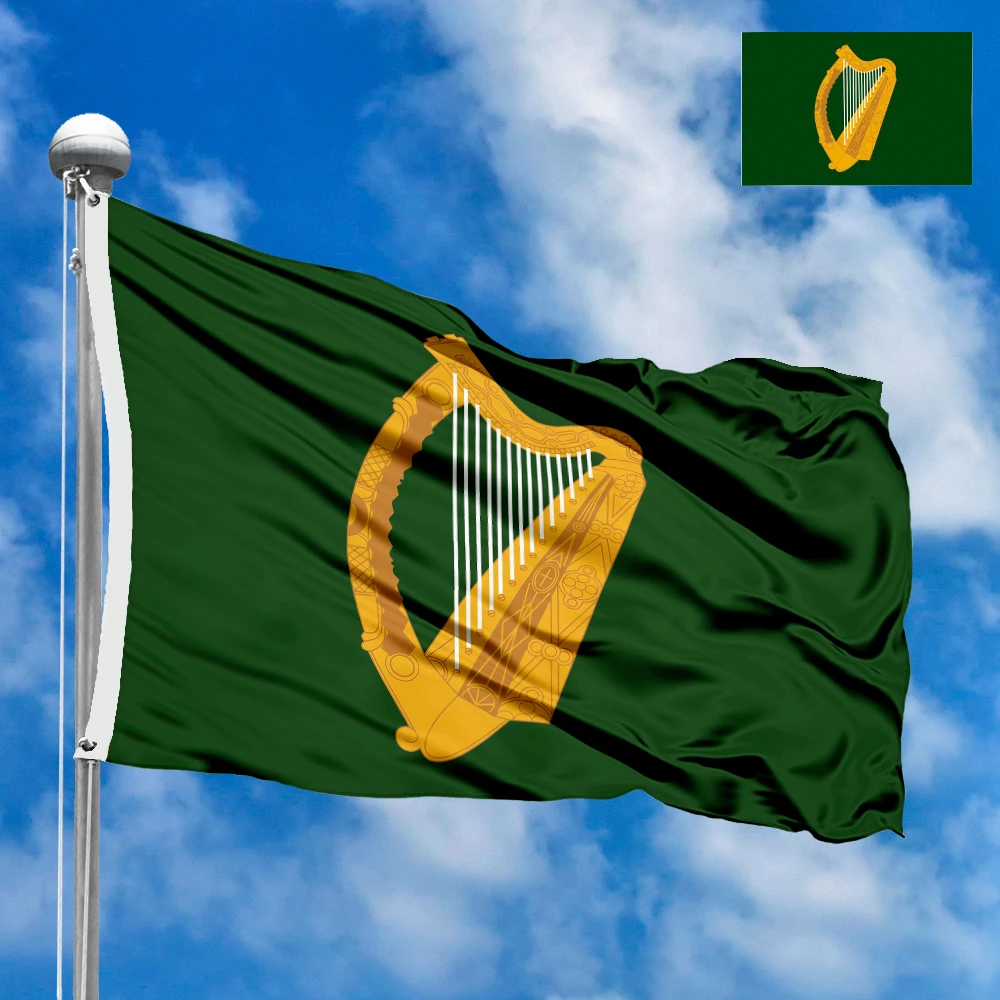









































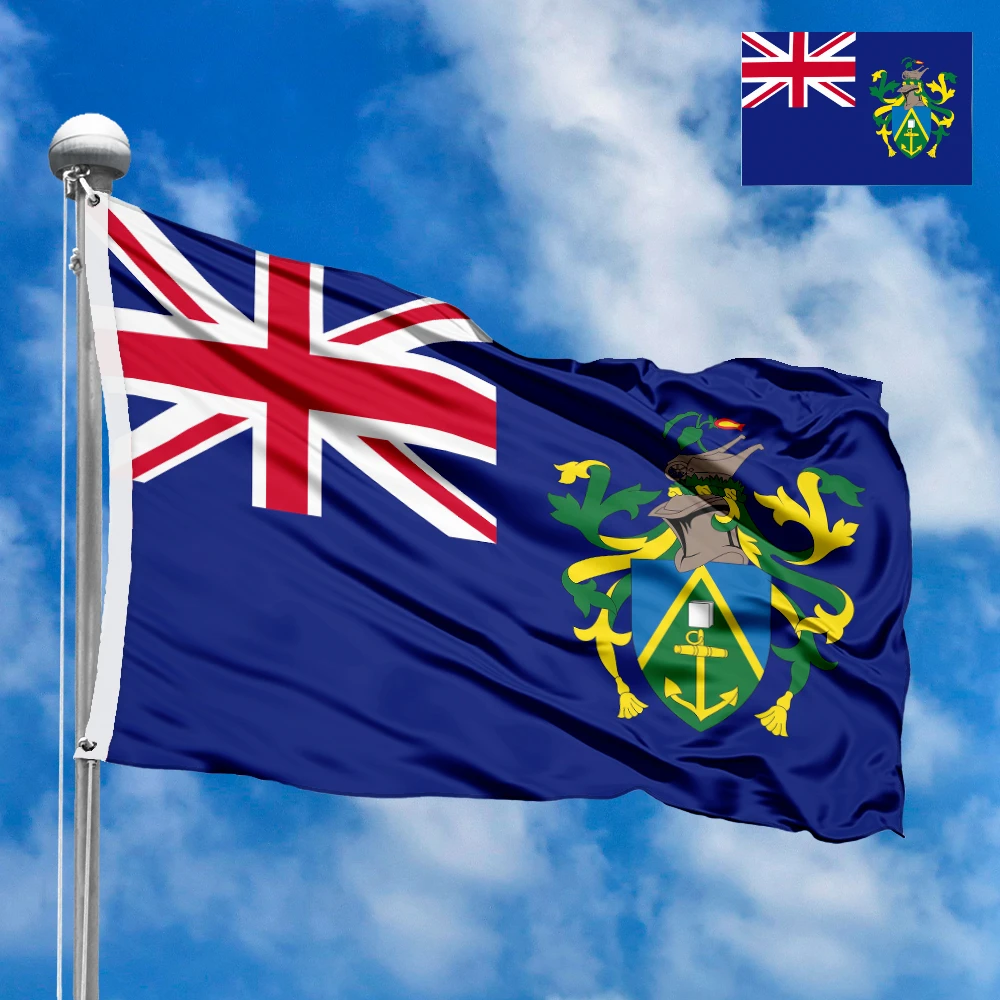












































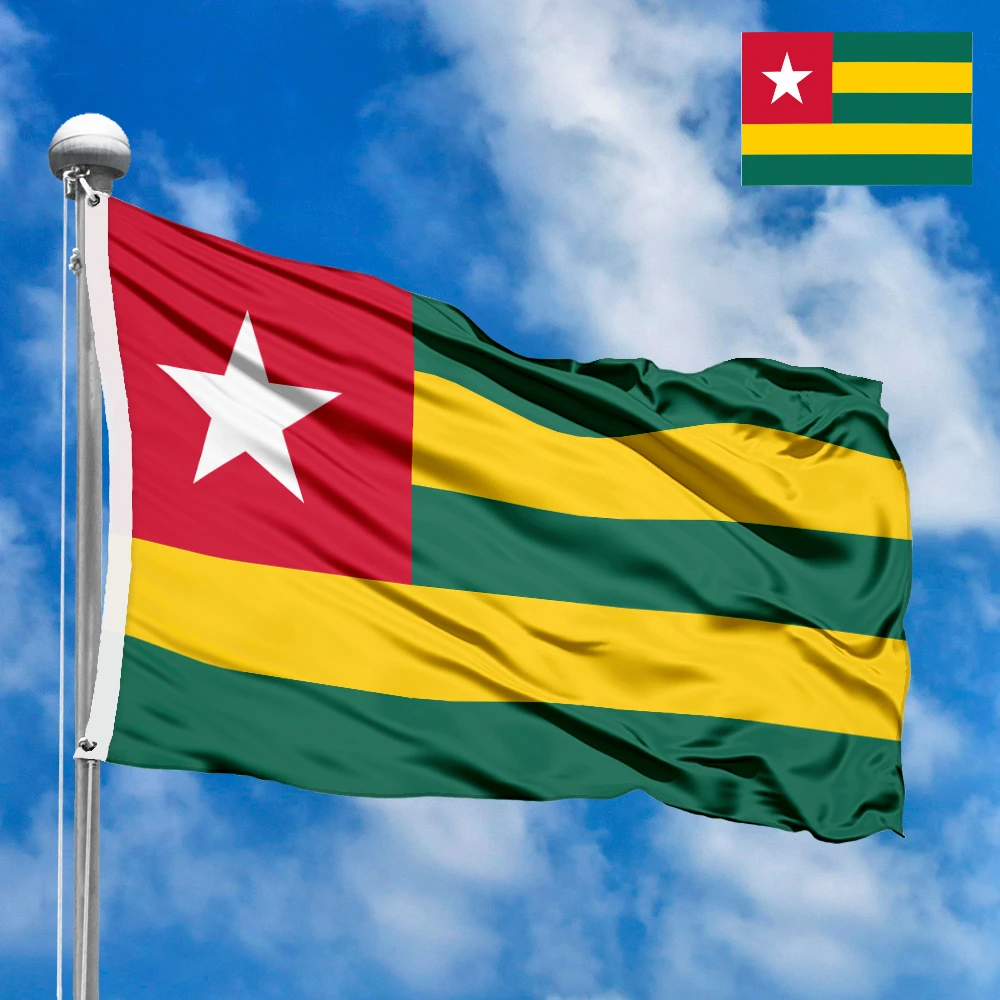



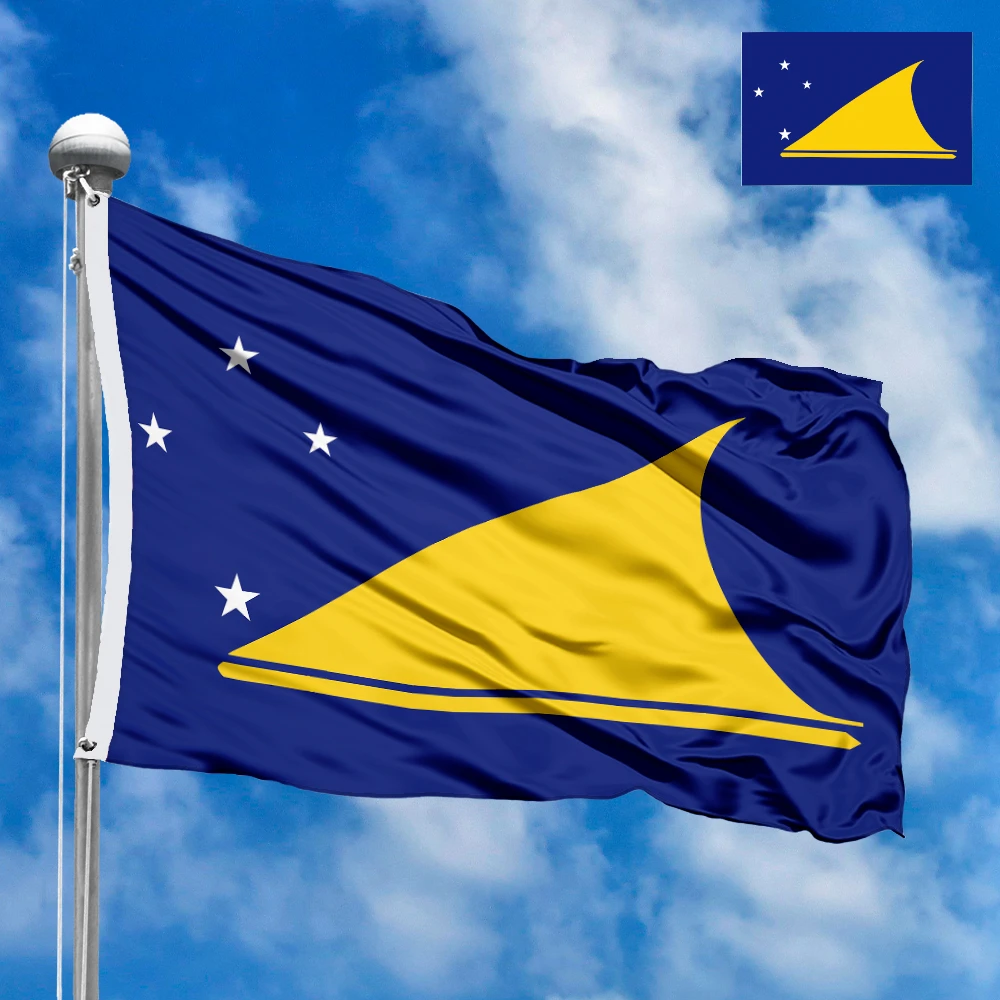







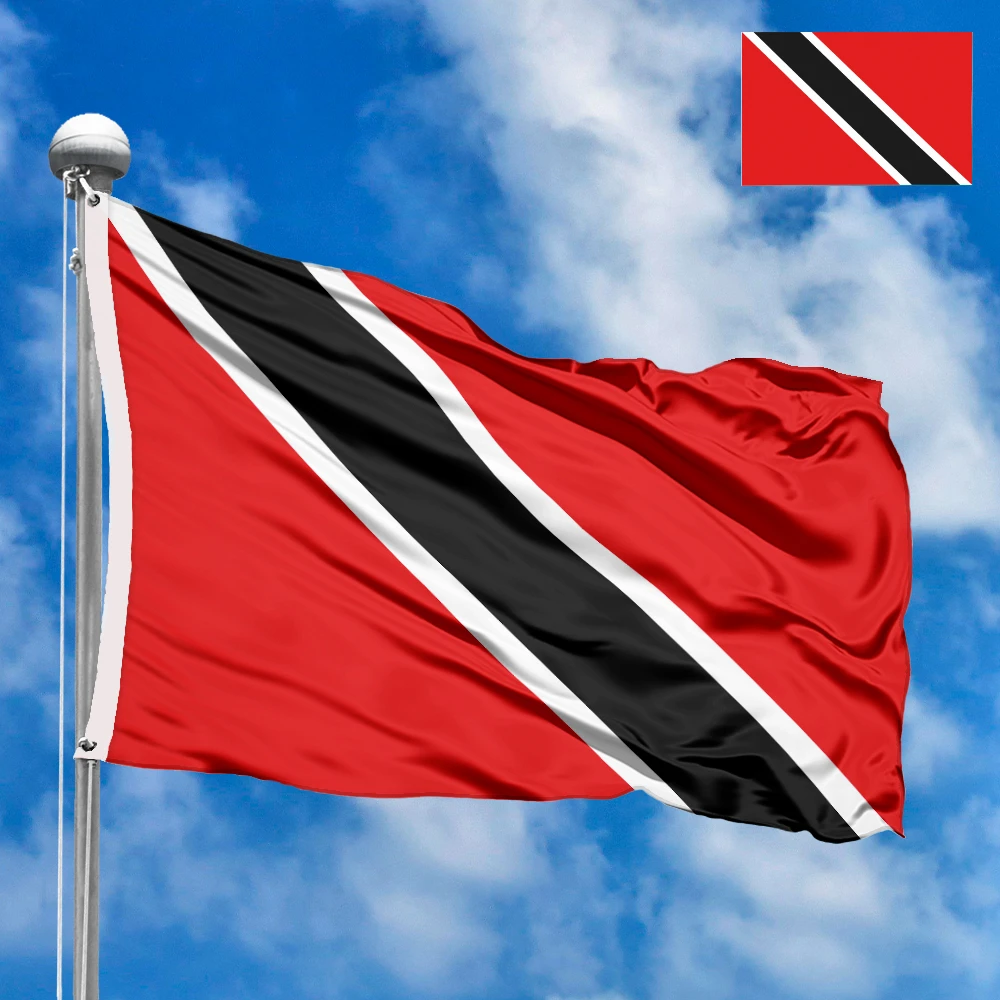



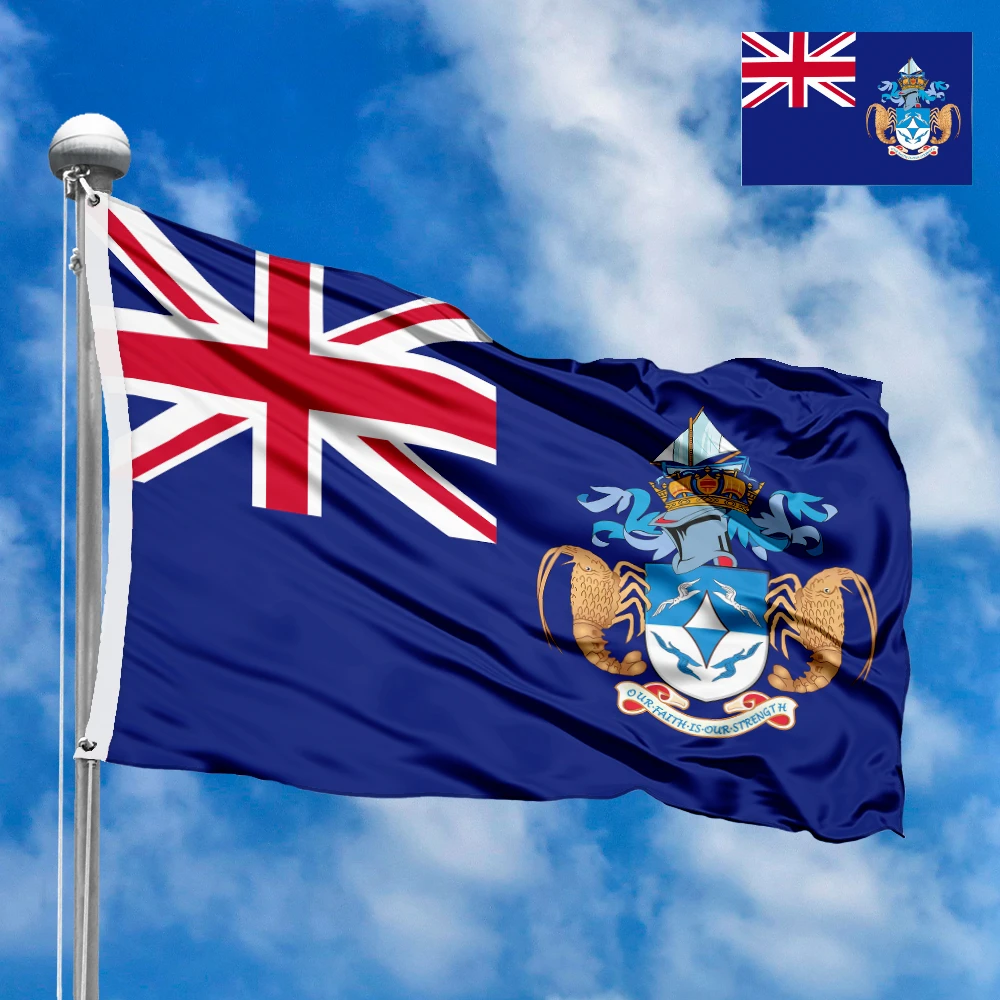
 Flags of Europe
Flags of Europe Flags of Asia
Flags of Asia Flags of Africa
Flags of Africa Flags of North America
Flags of North America Flags of South America
Flags of South America Flags of Australia and Oceania
Flags of Australia and Oceania Flags of Antarctica
Flags of Antarctica Flags of International Organizations
Flags of International Organizations LGBT Community Flags
LGBT Community Flags Historical Flags
Historical Flags Flags of the US States
Flags of the US States Ethnic flags
Ethnic flags